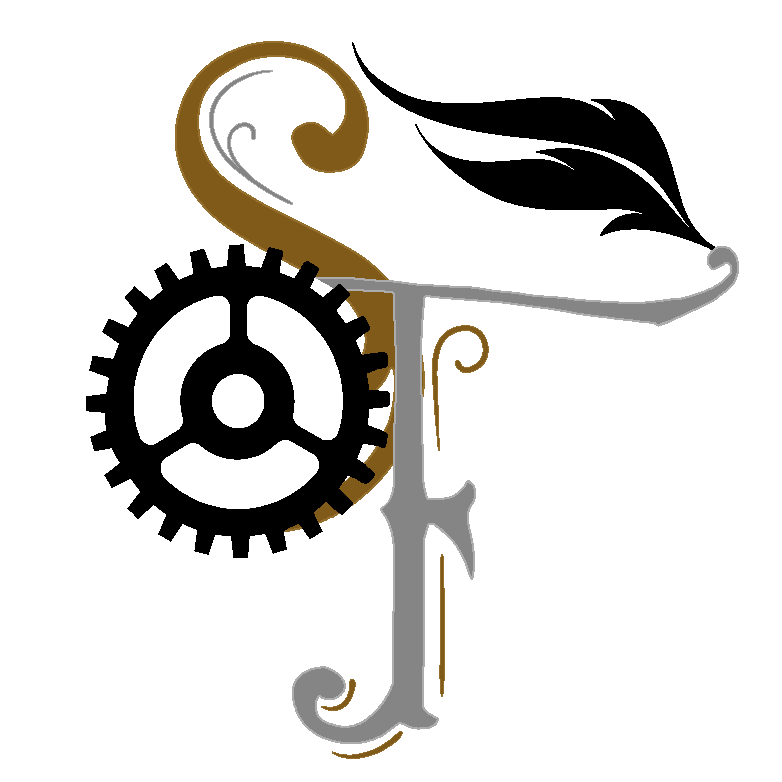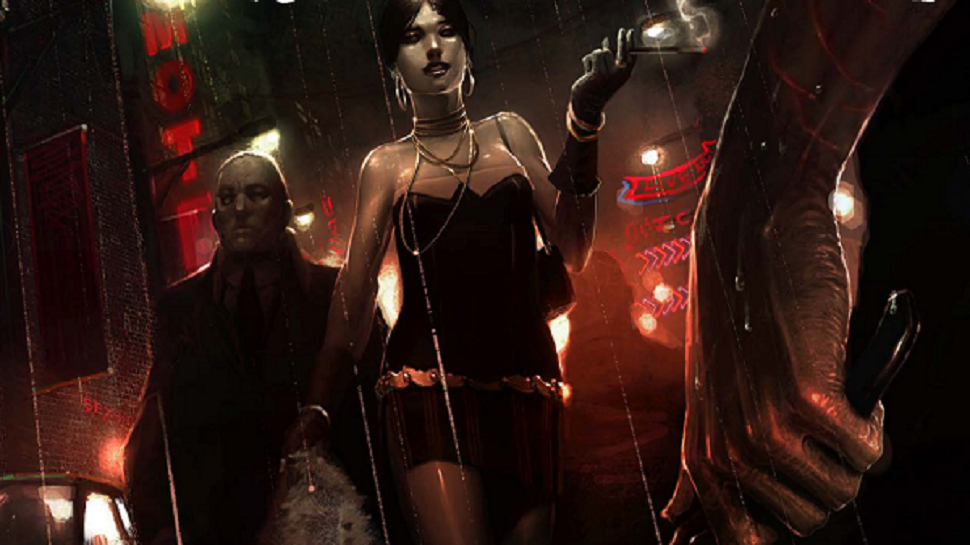ST Forge: Making Villains ‘good’ in 3 steps
ST Forge is a series to help Storytellers and Game Masters improve their craft and learn new ways to engage their players.
Iconically evil villains clearly hell-bent on committing evil for evil’s sake with little redeeming qualities rarely pop in their settings. I’ve always found the “over-the-top” chaotic evil style a bit boring when it came to the arch-villain. Letting a few chaotic evil aberrations rampage without motivations can make for a fun encounter but often leaves little exploration beyond the initial fight, limiting your window for roleplay. A single elven serial killer who lost her marbles and started stalking tavern owners is a vastly more riveting scenario that encourages the players to explore and ask questions before the big stabby-stab scene. Looking at your villain’s motivations is critical for both writing and storytelling. Why exactly would a legion of orcs follow Gruumsh if all he promises is death and destruction? Why would anyone willingly work for the Zhentarim if they are cast as eternal villains?
When running modules and preset content, it can be helpful to swap the narrative and put yourself in your villain’s shoes—looking at them as if they were the hero of their story. Not only will this help you storytell better, but it might offer new insight into backgrounds that offer a thousand other plot threads overlooked. Rakados Bards that are filled to the brim with their Chaotic Good deeds, or followers of Grummsh who know his harshness stems from centuries of violence and his fight is righteous. Taking this stance will turn your encounters into heavy roleplay scenes with the characters debating ideals rather than killing each other—but when the fighting does happen, it will have a greater impact.
Strahd is a hero
Count Strahd von Zarovich is one of the greatest villains in the history of Dungeons & Dragons and serves as the perfect template to give life to any villain in other campaigns. In his past, Strahd was a hero who did serve goodness and light, and due to a mix of tragedy, jealousy, and a healthy dose of murder—he became a master vampire and dark lord ruler of Ravenloft. It has themes from Dracula and Castlevania mixed together. In novels where Strahd is the main character, he is often presented in a nobler light, often as a protector of his realm from outside bandits and invaders.
Despite easily qualifying for anti-villain status, it can be hard to rationalize a character like Strahd as a true hero given the canon material. After all, he murdered a girl’s lover to earn her affection, and she threw herself off the castle walls in grief. If you want to flip the script and make him a proper hero… you will have to rewrite his past a bit. Try instead that Strahd is bound as a dark lord, and he’s the only thing keeping Ravenloft in check, and all his actions (no matter how vile) are the only thing that works to keep the greater evil at bay. Or perhaps the legend is swapped, where Sergei was the one who murdered Tatyana, and Strahd rose to vampirism out of revenge. There are many reasons to rewrite or alter canon for your player; chief among them is the surprise. Having the players check their expectations and work as Paladins for Strahd going out INTO the world to stymie the expansion of their realm would make a fun campaign.
Consequences make the story
Painting a picture of a villain as good can showcase to the player characters how even their noble intentions cast them as villains. Defeating the evil bandits that terrorized the town might make the party heroes. More so if they spend the time helping rebuild, establishing commerce and trade, or teaching the town to defend itself. Yet what truly happens with the PC’s leave? A grim reminder about player characters is their destabilizing effect in communities (particularly rural ones). Wiping out a band of bandits without solving the root cause might turn a simple sidequest into a full-blown campaign.
The sudden influx of wealth to the town’s tavern owner (where PCs tipped copious amounts of coin) or to a blacksmith could change the town’s political dynamic. The town might experience absolute success and start growing exponentially, turning into a larger city with a full army, paved roads, universities, and more. Yet what about the families associated with the bandits? Will they grow in parallel with the town? Did the party help create a threatening city to a nearby kingdom? Or perhaps the new expansion has dire consequences for the local wilderness—displacing creatures of ancient myth and legend.
Having an original member of the bandits that survived (even if retired) call the player characters out as the true villains months later by pointing out the town they’ve abandoned can keep the story grounded. This doesn’t exactly fulfill the hero fantasy most players are looking for, and sometimes can hit pretty close to reality, so only use ideas like this sparingly. Otherwise, your PCs might become hesitant to take any major actions.
Good versus good
When you have two opposing sides both working for positive means, that doesn’t mean they won’t clash. In the above example, with rapid city expansion, nature-based characters might feel pushed out or left behind. Even when these forces try to work in mutual harmony and find balance, a single spark can ignite a cart full of nitroglycerin. Having an antagonist to the party that is, in every sense of nature, ‘good’ can help create more robust encounters than just taking down boxes of hitpoints. When these fights do break out, both sides are loathed to kill each other as each understands where the other is coming from, but conflict is unavoidable.
These non-lethal but still necessary encounters can often be vastly more difficult than battles against deadlier foes. Subtle escalation during the fight will feel like your players are walking on a knife’s edge as they duel their idols or former allies. Meanwhile, the settings and NPCs will be engaged with every thrust of a sword in a clash that determines their future. These sessions can be very relaxing as a storyteller because you often get to set a stage and then watch the party react, roleplay, and weigh their options.
What’s best about these types of villains is they truly support long-running campaigns. When you’ve been storytelling for a while, looking back at the PCs ally’s to see if their motives or means have progressed might spark ideas for a compelling tale. If you are reading this article and are currently in a game, ask yourself if any NPCs in the world already fit this example. Have you thought about running a story with them as the central antagonist yet?
Here is the spot I ask you to share this article if you’ve enjoyed it. Because… well… have to ask at some point!
Enjoy the ST Forge series? Sarcastic fantasy about the end of the world? Subscribe to the mailing list and get a monthly bundle of these articles delivered so you don’t miss out!
Featured Image: Johan the Ashen Shepherd, The Black Ballad, by Michael Katchan


